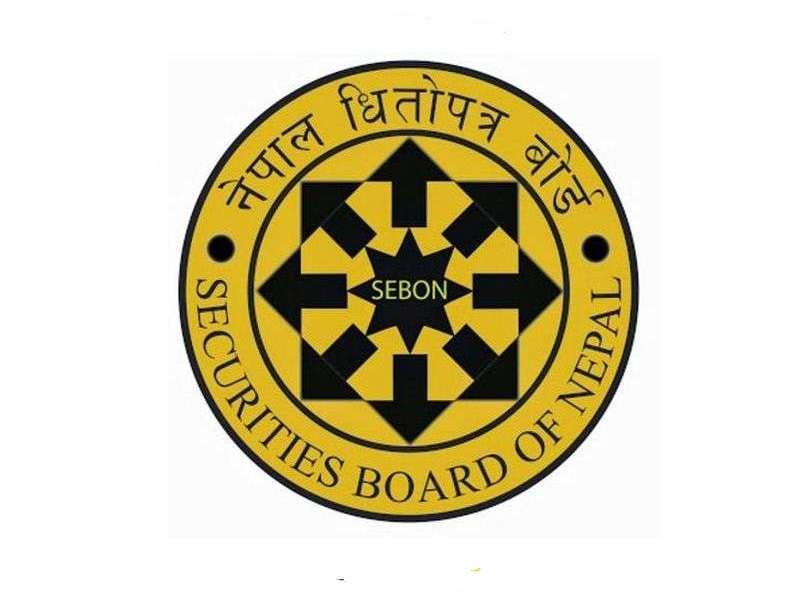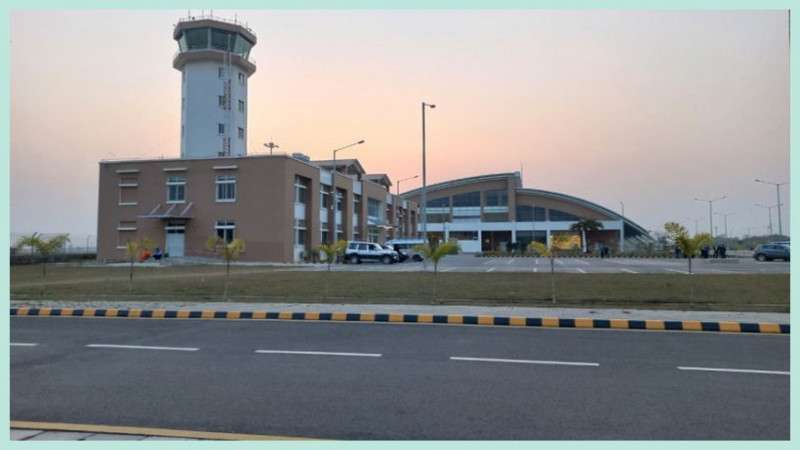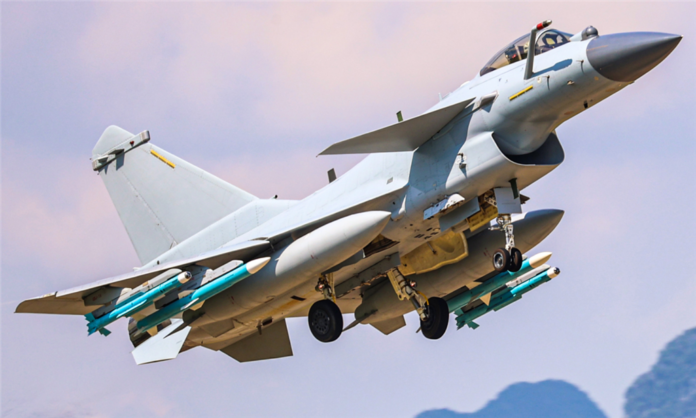October 04: The World Bank has expected Nepal’s economic growth to be five percent 2017 after two years of sub-par growth. According to the bank’s biannual Nepal Development Update, the growth is expected to improve on the back of a normal monsoon that is likely to boost the country’s agricultural output. “It will be further supported by increased investments as the earthquake recovery gains momentum,” states the report. The devastating earthquakes of last year and the boarder crisis brought manufacturing to a near standstill between September 2015 and February 2016 which led to the slowest growth in 14 years.
The bank mentions that though the imports of goods managed to rebound quickly after the trade disruptions however, exports have not regained the same position with slow exports to India. “The external sector has so far remained resilient due to high level of remittances. While remittances picked up in the last three months of FY 2015/16, the effect is largely seasonal,” says the bank. The report analysing seasonally adjusted data observes contraction in remittances starting in August 2015 and a growth rate has remained negative since.
Similarly, the report also highlights continued high inflation in Nepal. “Despite normalisation in supplies and favorable external environment, a sharp uptick in housing rental prices in Nepal following the earthquake has been contributed largely to inflation,” notes the bank.
Meanwhile, the report also shows its concerns over the declining quality of government spending and lack of budget realism. “The 71 percent of total capital expenditure was spent in the last quarter and massive 50 percent in last one month of the FY 2016/17,” says the report. “It is a significant deterioration compared to the last four years.”
As per the bank, the actual budget expenditure fell far short in budget outlay for post-earthquake reconstruction that needed substantial increases during the past two years. “The planned outlay for the FY 2016 budget was 33.5 percent of Gross Domestic Product (GDP) while actual expenditure remained 23 percent of GDP,” reads the report.
The World Bank has termed the budget for FY2016/17 as ‘ambitious’. “The FY 2017 budget is even more ambitious, with the target of 36.5 percent of GDP – an increase of 14 percent of GDP compared to FY 2016 actual spending - which is also unlikely to be met,” says the report.
Though the growth is expected to improve however, the report highlights downside risk to this forecast with domestic risks predominating. The bank predicts that the unsettled border demarcation issues, frequent change in government and a series of upcoming elections by the beginning of 2018 are also likely to add to policy uncertainty.
This year’s edition of the Nepal Development Update has specially focused on the need of clean, reliable and affordable electricity for longer term growth of Nepal. The report titled ‘Powering Recovery’ outlines wholesale structural reforms of the electricity sector that are needed to achieve this vision.




.jpg)








